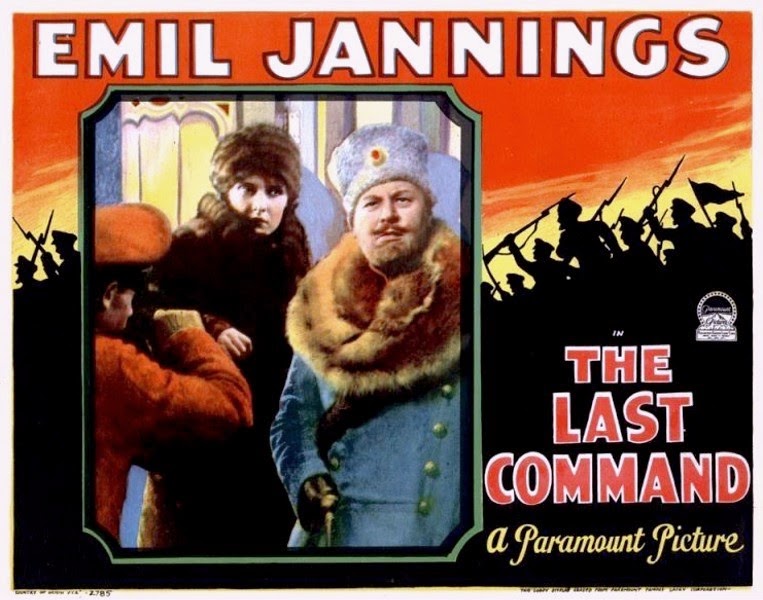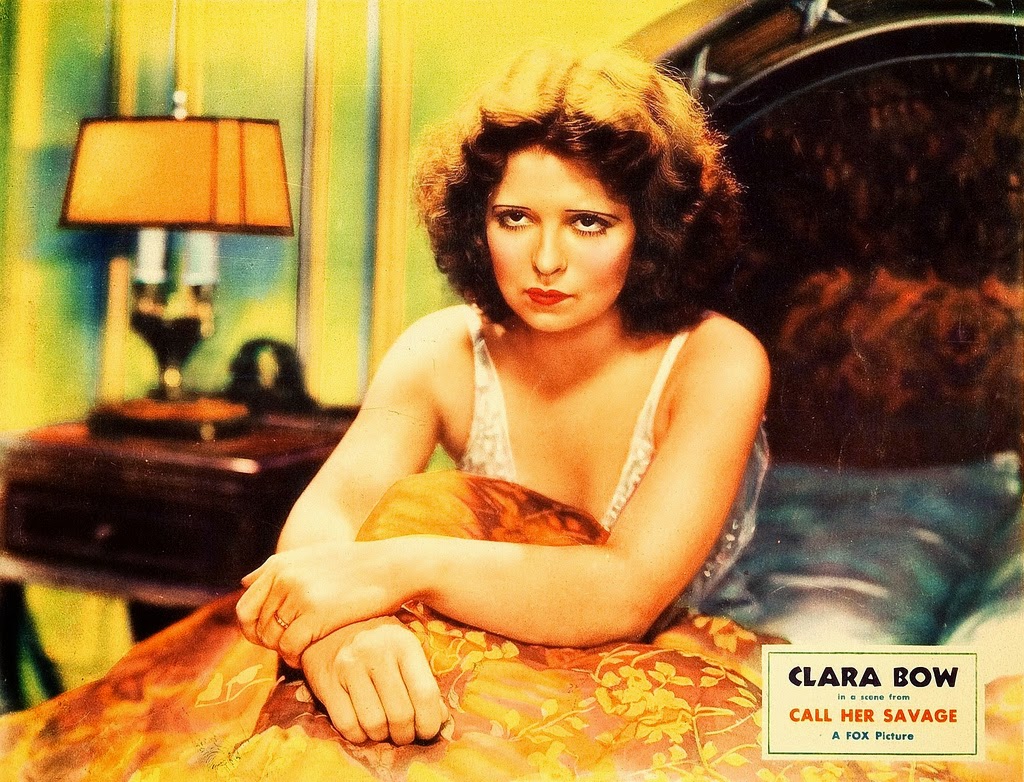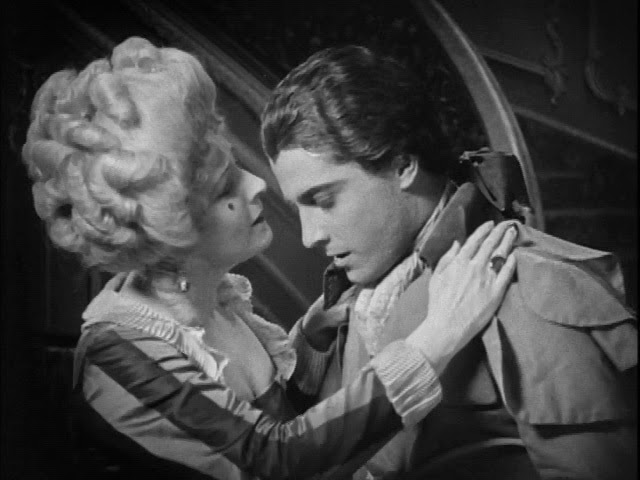This is my entry in the Miriam Hopkins Blogathon, hosted by Silver Screenings and a Small Press Life. Click HERE to read more, more, more about the saucy Miss Miriam.
Your suave and elegant husband leaves you for a younger woman and takes the money, too. What is a woman to do? Cry or put on her big girl panties and set forth like a steamship on the ocean crushing everything in its wake? If you are Miriam Hopkins as Julia Hurstwood in 1952’s “Carrie,” it is the latter. Oh, and add some jewels and choice words for the husband and the chippie, too.
 |
| Miriam as Julia Hurstwood: she's not taking a philandering husband laying down |
See this film if you can for one of Laurence Olivier’s greatest, most romantic screen performances. Based on Theodore Dreiser’s novel, “Sister Carrie”, published in 1900, William Wyler’s film version, “Carrie,” tells the story of a dumb, young lovely (Jennifer Jones) who leaves the farm for the big city (Chicago) to live with her sister. Sis lives in a cramped apartment with her husband and children and makes it clear to Carrie that she needs to get off her pretty little behind and earn her keep. Carrie soon decides factory work is not for her and allows herself to be picked up by flirty traveling salesman, Charles Drouet (played with oily charm by Eddie Albert). The next thing you know they are playing house and Carrie has new duds and a kitten. Charlie is often gone, so Carrie has lots of time on her hands. She takes an interest in amateur theatre and George Hurstwood (Laurence Olivier), the manager of an upscale watering hole.
 |
| Carrie loves the lifestyle George gives her - at first |
George is everything Charlie is not: he is refined and cultured. Unfortunately, he is also married. And not just a little married, but a lot married – to the formidable Julia Hurstwood. She is presented as such a bitch that you really do feel sorry for George. Sorry enough to forgive him stealing money, lying to Carrie to whisk her away to New York, marrying her while still married to Julia, et cetera, et cetera, et cetera.
 |
| George tries to hang on to Carrie, but he knows his star is falling and hers is rising |
Olivier is the whole show here. His descent into homeless despair while Carrie's star rises is heartbreaking, He risked all for love and ended up empty-handed, Carrie feels remorse, but loves the materialism of the new century. In that, she is not unlike Julia Hurstwood. I'll bet Julia was not such a bitch so very long ago, but when George tells her he means to have some happiness she says no - not it it hurts her. Sir Larry is at his best, but Miriam is not to be overshadowed. When she steams into New York to find George and Carrie living together she looks her younger rival up and down and drawls, ice cubes laced with molasses, "I thought you'd be prettier." well, she kept the money and got rid of the future bum. Good going, Julia. Like they say, if she were a man she'd be ruthless and strong, but as a woman, she's just a bitch.
 |
| All for love: his old life is gone and so is Carrie |
Check out Julia giving George what for:
I also found this very touching video someone made about George and Carrie's romance.










_-_Ad.jpg)
























































































































































































